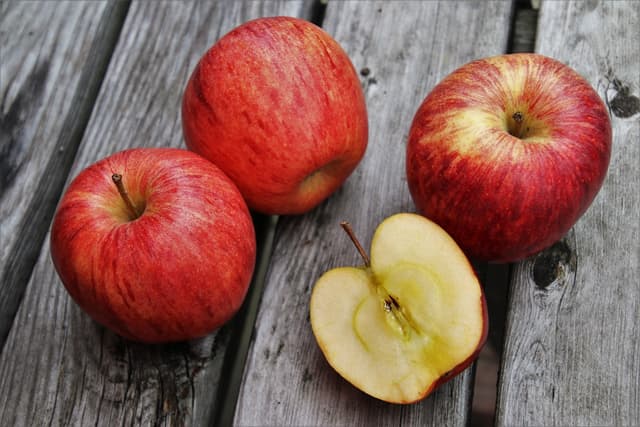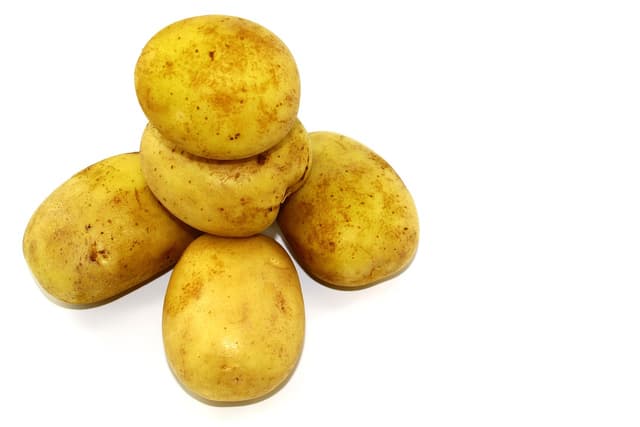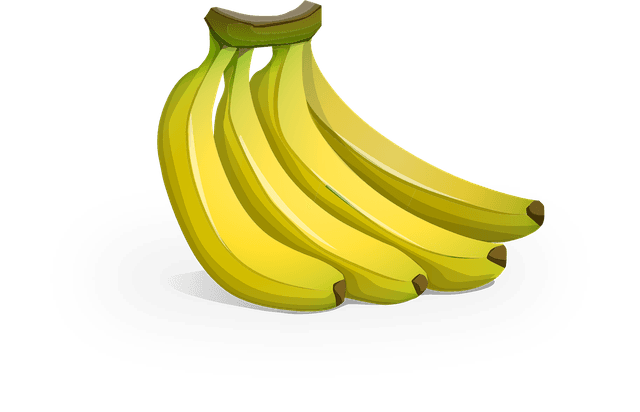Myths about teaching can hold you back
- Year 5
Tackling food waste
I can explain which foods have the highest carbon footprint and suggest choices that can lower this.
- Year 5
Tackling food waste
I can explain which foods have the highest carbon footprint and suggest choices that can lower this.
These resources will be removed by end of Summer Term 2025.
Switch to our new teaching resources now - designed by teachers and leading subject experts, and tested in classrooms.
These resources were created for remote use during the pandemic and are not designed for classroom teaching.
Lesson details
Key learning points
- Food production is responsible for about one-quarter of the world’s greenhouse gas emissions.
- The highest carbon footprint per kilogram of food product comes from meat: beef, lamb then dairy top the list.
- Most food travels by boat not air.
- Wasting less food and lowering demand reduces carbon emissions.
Keywords
Emissions - An emission is something that is released into the world. An example is the release of carbon dioxide when we breathe out.
Carbon footprint - A carbon footprint is a measure of the total amount of greenhouses gases that are released as a result of our actions.
Food miles - Food miles measure the distance between where a food is grown or made to where it is eaten.
Greenhouse gas - Greenhouse gases are gases in Earth’s atmosphere that trap heat.
Common misconception
Children might be under the impression that all agricultural crops are grown for human consumption.
In fact the vast majority of European cereal crop production is used to feed animals (and create biofuels, rather than feeding people.
To help you plan your year 5 geography lesson on: Tackling food waste, download all teaching resources for free and adapt to suit your pupils' needs...
To help you plan your year 5 geography lesson on: Tackling food waste, download all teaching resources for free and adapt to suit your pupils' needs.
The starter quiz will activate and check your pupils' prior knowledge, with versions available both with and without answers in PDF format.
We use learning cycles to break down learning into key concepts or ideas linked to the learning outcome. Each learning cycle features explanations with checks for understanding and practice tasks with feedback. All of this is found in our slide decks, ready for you to download and edit. The practice tasks are also available as printable worksheets and some lessons have additional materials with extra material you might need for teaching the lesson.
The assessment exit quiz will test your pupils' understanding of the key learning points.
Our video is a tool for planning, showing how other teachers might teach the lesson, offering helpful tips, modelled explanations and inspiration for your own delivery in the classroom. Plus, you can set it as homework or revision for pupils and keep their learning on track by sharing an online pupil version of this lesson.
Explore more key stage 2 geography lessons from the Sustainable world: does it matter how we live? unit, dive into the full primary geography curriculum, or learn more about lesson planning.

Content guidance
- Depiction or discussion of violence or suffering
Supervision
Adult supervision required
Licence
Prior knowledge starter quiz
6 Questions
Q1.Which of these classroom objects use energy to power them?
Q2.Which of the following appliances are using power?
Q3.Which of these ideas would help to to use less energy at school?
Q4.Which are sources of renewable energy?
Q5.Generating renewable energy creates emissions than burning fossil fuels.
Q6.Which type of energy production creates higher carbon emissions?
Assessment exit quiz
6 Questions
Q1.Which foods usually have the highest food miles?





